Secondary by name but not by nature
Two crossed goblets, dancing. We are at the table of a typical inn, exposed beams and stone walls. A golden light streams from the window, the sunset takes the working day along with it and gives us a moment to ourselves.
Excellent wines are listed on the blackboard behind the bar. The host is full of recommendations. But what catches our attention are the dozens of bottles placed against the walls. And, above all, the luxurious wooden packages on the shelves, the elegant wrapping of limited editions. A skilful combination of colours and materials catch our eye
and emblazon on our memory the names of great wines, associating them with noble varieties of grapes. Prestigious cases and packing give the whole place an aura, impregnating it with atmosphere, and they become the objects of desire.
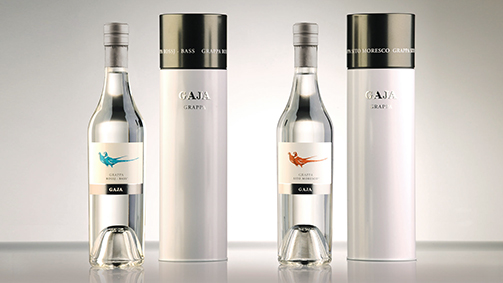
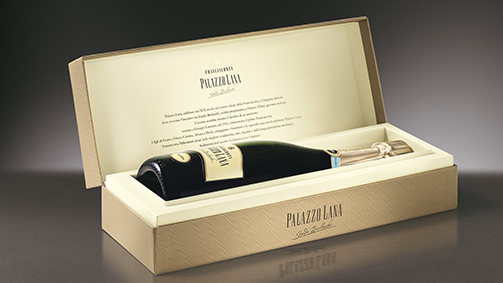
Indeed, for a wine to be seen and remembered as “prestigious”, the territory, the cultivation of grapes and wine making techniques are not enough, nor is the structure and organoleptic profile. Wine producers known this well. They have long understood the importance of a product’s aesthetics in attracting consumers and giving them a message, loud and clear. If the bottle, cork and label are the essence of the image evoked by a brand, special packaging and cases are capable of lifting and elevating their importance.
These packages will be found on the web, in the corner of a wine bar, along the major distribution routes. The combinations of shapes and images with which they attract our attention make us linger out of curiosity before a display, imagining the moment when we present a precious gift box or happily potter about the home cellar, savouring the moment when we will uncork the best bottle.
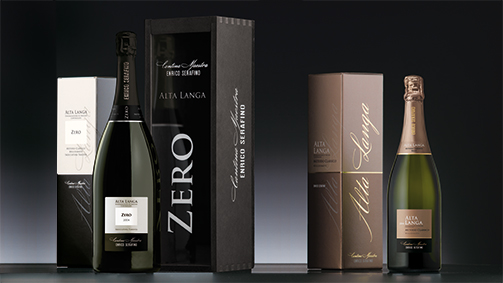
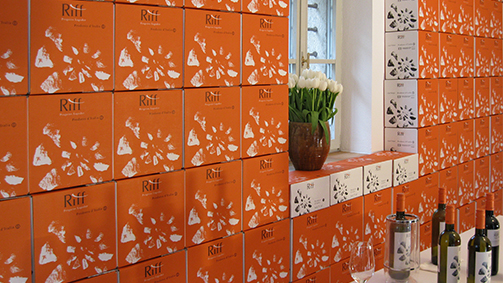
Secondary packaging is one of the most powerful tools in the hands of producers: it covers an enormous category where there are elements of communication with very different specifications and costs. 6-packs, individual cases, limited editions, special packs, displays, gift wrapping: apart from those referring to the way they are used, all these terms have a single aim, to emphasise the message transmitted by the brand and the wrapping, in line with the strategic corporate direction. In its entirety, secondary packaging echoes the philosophy underlying the brand, starting with the choice of the materials, as the example of Alois Lageder reminds us.
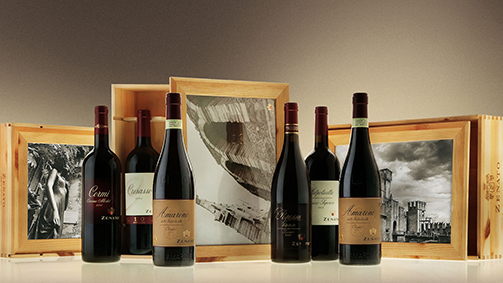
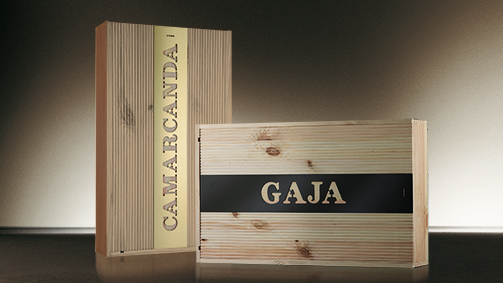
Similarly, the wooden boxes designed for the Zenato wines, when opened, reveal wonderful photographic shots. Those ‘breadsticks’ containing the Barbaresco made by Gaja are unique creations with strong personality. The cartons and boxes with Enrico Serafino Alta Langa lithographs, with gold and silver details, illuminate the bottle like a jewel on the neck of a woman. Gift box and Limited Edition, intended to enhance specific vintages and harvests, greatly increase the perceived value of the brand.
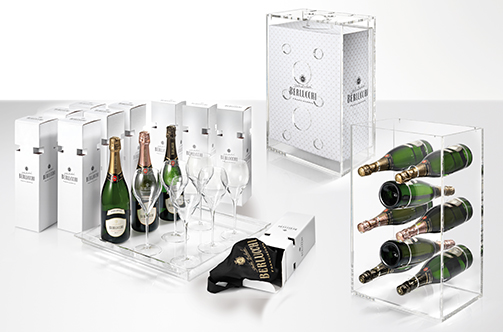
As well as being a megaphone for communicating the brand, secondary packaging contributes to weaving the weft of the ritual the precedes the tasting in an original and memorable way. Sometimes as a real article of furnishing, as in the case of the Berlucchi gift box, capable of creating the atmosphere of the wine or lounge bar, but also of our cuisine and lively hospitality. A real example of versatile, modular design.
In a nutshell, secondary by name but not by nature.
Tag Global design, Packaging


